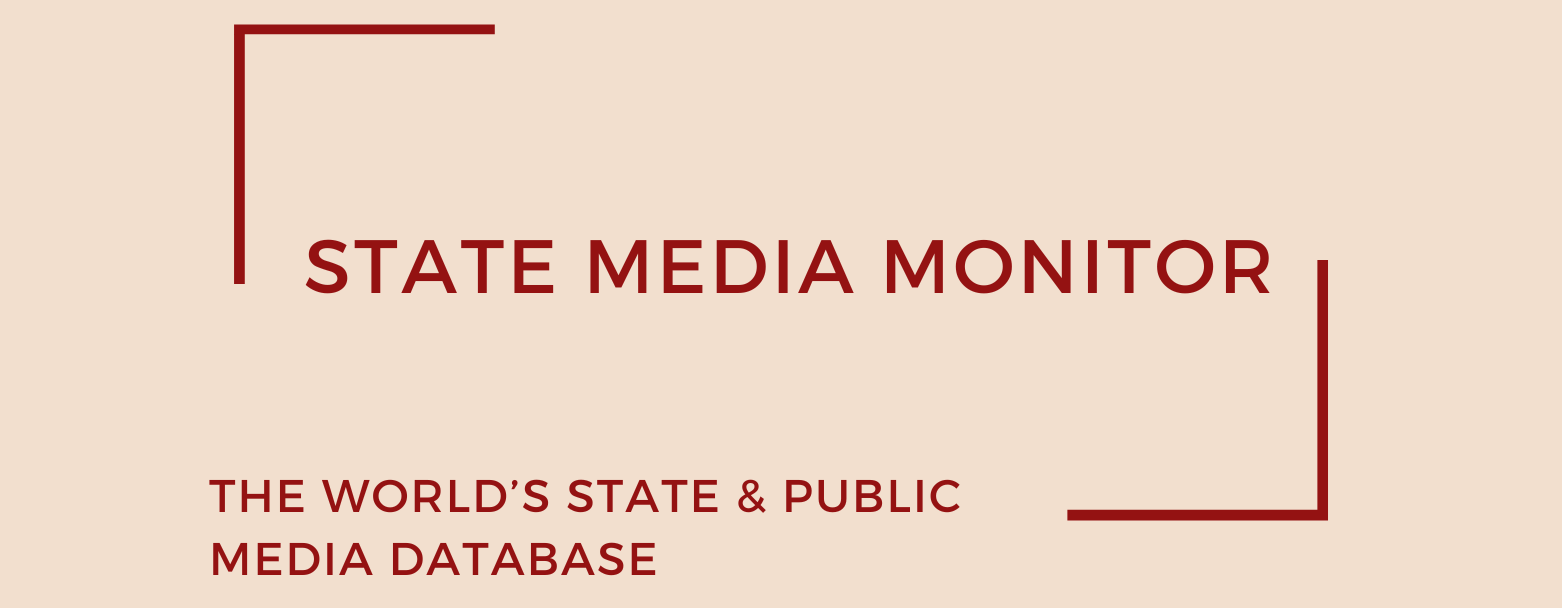HINA
The Croatian News Agency (HINA) was established in 1990 as Croatia’s official news agency.
Media assets
News agency: HINA
State Media Matrix Typology
Ownership and governance
HINA was founded through the HINA Law adopted in 1990. While initially government-owned, a 2001 amendment transformed HINA into an independent public media institution, though still formally under state oversight.
Governance of the agency is entrusted to a governing board, comprising a President, a Vice President, and three additional members, all appointed by the Croatian Parliament. By law, one board member must be an agency employee, another a media expert, and the remaining three drawn from other fields such as finance, law, or IT.
While HINA’s editorial and financial operations are subject to reporting and accountability, it remains formally answerable to the Ministry of Culture, which approves activity reports.
The current Director (CEO) of HINA is Branka Valentić, a Croatian journalist and former political spokesperson, who has served as HINA’s head since being appointed in late 2012.
Source of funding and budget
HINA receives funding from both state and commercial sources. The state funding mechanism includes annual framework agreements, signed with the Ministry of Culture since 2004, covering collective subscriptions to HINA’s content for public administrations.
HINA also sells content to private users and generates revenue through commercial sales and advertising. In 2022, total revenue was HRK 28.5 million (approx. US $3.7 million), with nearly 60% from collective subscription agreements, 34% from private subscription sales, and 6% from commercial activities, per the company’s financial report. In 2023, total revenue reached €3.7 million, of which €2.26 million came from the collective subscription contract.
In 2024, HINA operated with a balanced financial plan amounting to HRK 24.24 million (€3.22 million). The bulk of revenues came from the collective subscription agreement (HRK 16.63 million, 68.6%), while sales to individual service users generated HRK 7.56 million (31.2%), and only a minor share (HRK 50,000) derived from other income sources. Expenditures were matched to revenues, with the largest share allocated to wages and salary-related costs (over HRK 18 million, 74% of the budget), followed by service costs (around HRK 3.5 million), and amortization (HRK 600,000). The liquidity plan projected inflows of HRK 28.7 million against outflows of HRK 30.3 million, with coverage ensured through existing deposits and reserves.
Editorial independence
Despite the provisions aimed at ensuring HINA’s independence as stated by the HINA Law, in practice, the agency is not independent of the government. Local journalists and experts in Zagreb, the Croatian capital city, interviewed for this report in May 2024, refer to HINA as a government propaganda tool.
HINA has a domestic statute with several provisions aimed at ensuring the agency’s editorial independence. However, in recent years, there has been evidence that its editorial independence is not respected, according to local journalists and experts interviewed in May 2024. HINA does not have an assessment/oversight mechanism that would validate its independence.
August 2025
Citation (cite the article/profile as part of):
Dragomir, M. (2025). State Media Monitor Global Dataset 2025.
Media and Journalism Research Center (MJRC).
Zenodo.
https://doi.org/10.5281/zenodo.17219015
This article/profile is part of the State Media Monitor Global Dataset 2025, a continuously updated dataset published by the Media and Journalism Research Center (MJRC).
